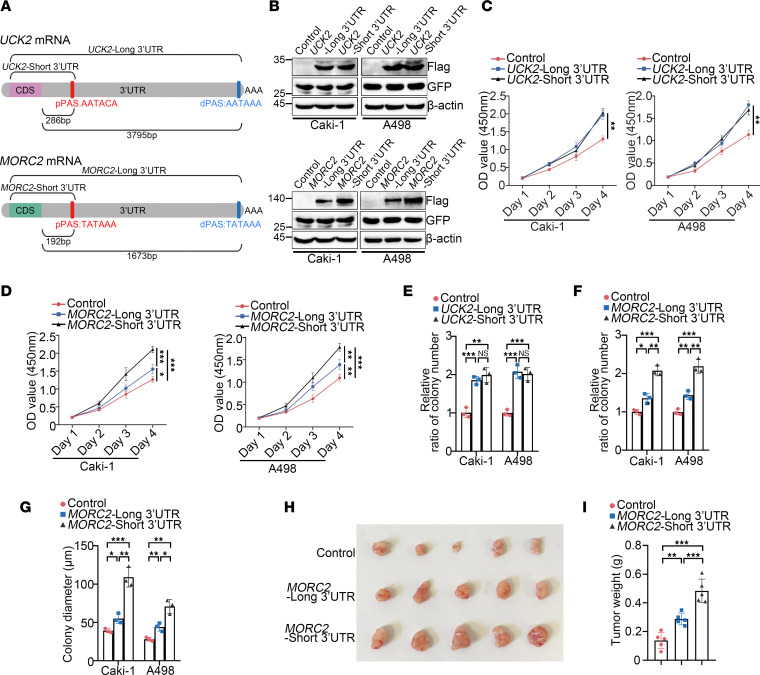Figure 2. 3′UTR shortening enhances the oncogenic potential of MORC2 in KIRC by upregulating MORC2.
(A) The schematic diagram indicating the proximal polyA sites of MORC2 and UCK2. (B) Immunoblotting was performed to evaluate the expression of Flag-UCK2, Flag-MORC2, and GFP in Caki-1 and A498 cells transfected with indicated plasmids. (C) CCK8 assays were performed to evaluate the proliferation rate of Caki-1 cells and A498 cells transfected with short or long 3′UTR UCK2 plasmid (n = 3). (D) CCK8 assays were performed to evaluate the proliferation rate of Caki-1 cells and A498 cells transfected with short or long 3′UTR MORC2 plasmid (n = 3). (E) Colony formation assays were performed and quantitatively analyzed to evaluate the clonogenicity of Caki-1 cell and A498 cells transfected with short or long 3′UTR UCK2 plasmid (n = 3). (F) Colony formation assays were performed and quantitatively analyzed to evaluate the clonogenicity of Caki-1 cell and A498 cells transfected with short or long 3′UTR MORC2 plasmid (n = 3). (G) Soft agar assays were performed and quantitatively analyzed to evaluate the clonogenicity of Caki-1 cell and A498 cells transfected with short or long 3′UTR MORC2 plasmid (n = 3). (H and I) In vivo xenograft tumor formation experiment was performed (H) and quantitatively analyzed (I) with control, short 3′UTR, or long 3′UTR MORC2 stably expressed Caki-1 cells (n = 5 per group). All data represent the mean ± SD. Two-tailed t test or 1-way ANOVA with Tukey multiple-comparison test analyses were performed. *P < 0.05; **P < 0.01; ***P < 0.001.

